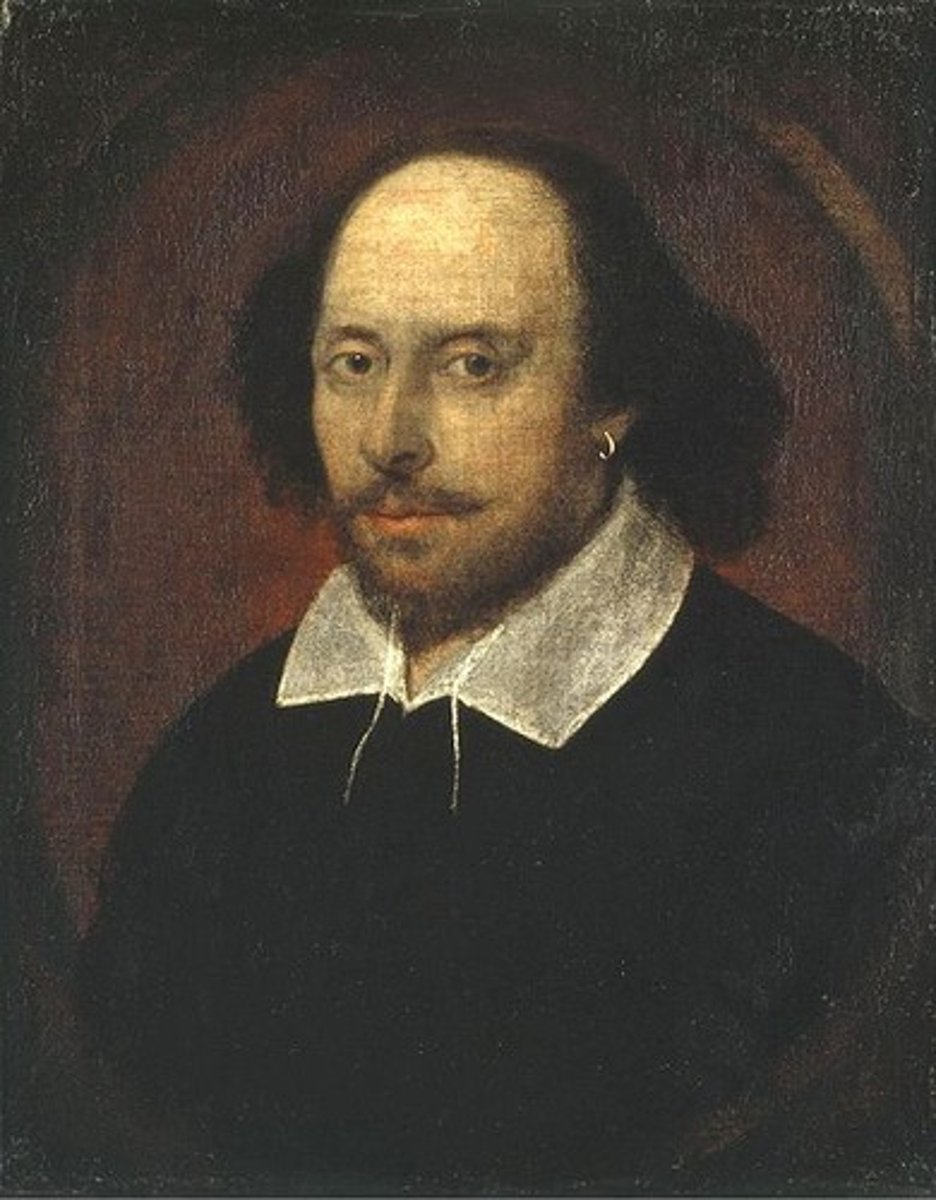Chapter 15 State Building and the Search for Order in the Seventeenth Century.
1/34
There's no tags or description
Looks like no tags are added yet.
Name | Mastery | Learn | Test | Matching | Spaced |
|---|
No study sessions yet.
35 Terms
Witchcraft Craze
A movement that took place in much of Europe and North America in the European colonies where those accused of witchcraft were blamed and prosecuted for disease, crop failures and deaths. Social upheaval and religious conflict are often cited as major causes. It is estimated that as many as 100,000 people were prosecuted for being witches.

The Protestant Union
An alliance formed in 1608 by a group of Northern German princes for what they believed was for common defense against German Catholic states to the south. Much of the region believed a religious war was only a matter of time.
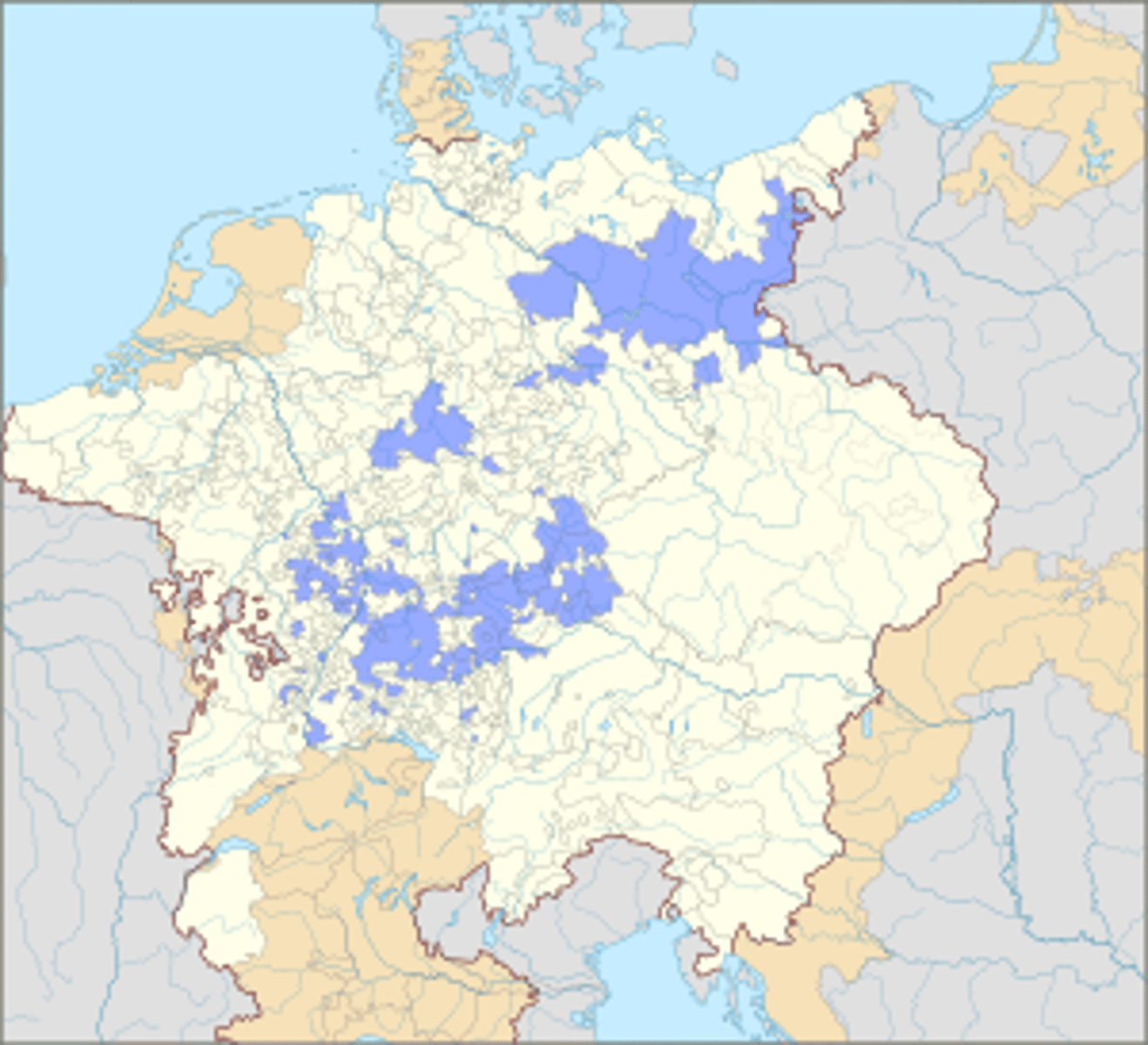
The Catholic League
An alliance formed in 1609 by a group of Southern German Catholic Princes in reaction to the Protestants forming their own group the year earlier.
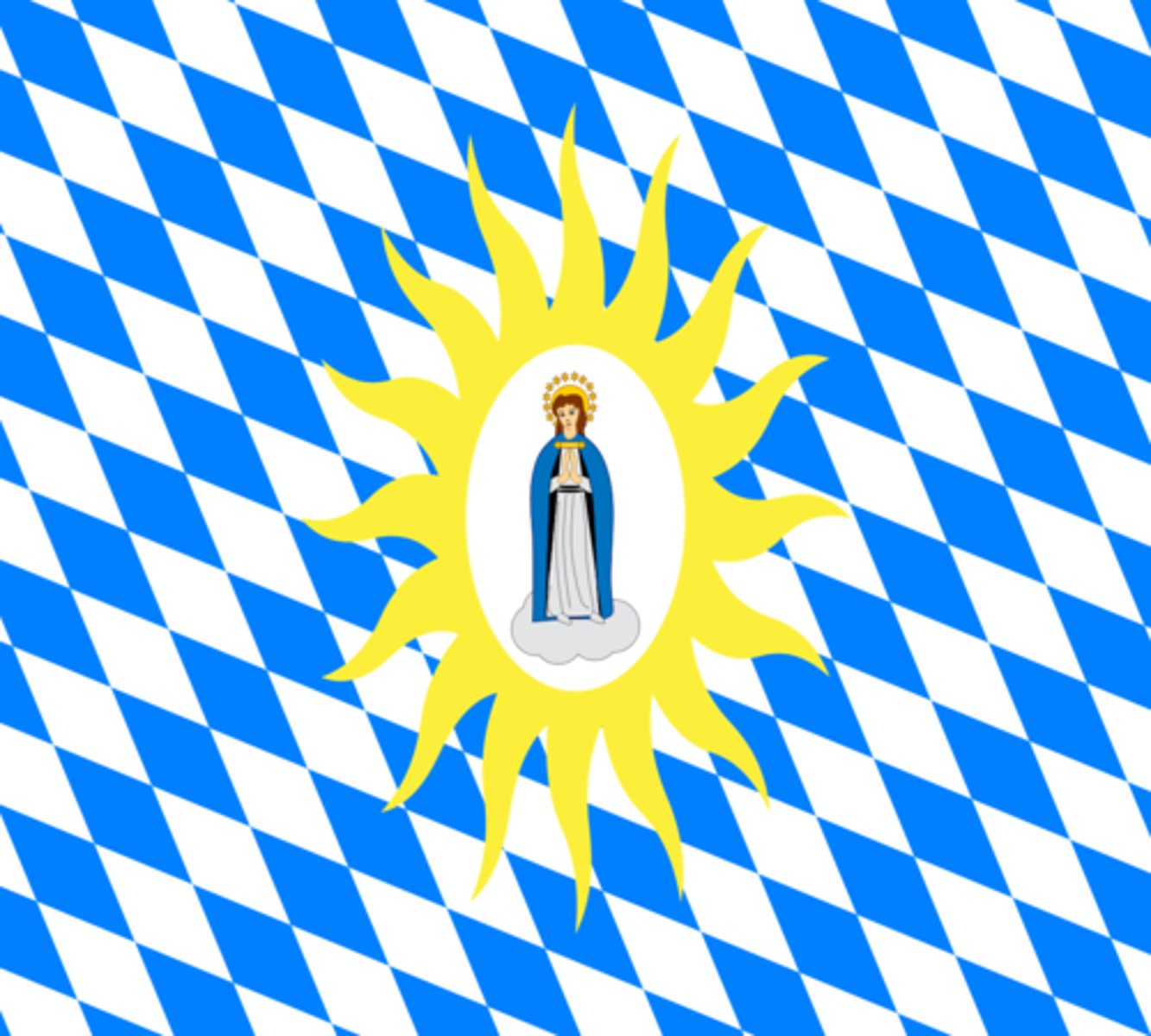
The Thirty Years' War (1618-1648)
This is often called the last of Europe's religious wars. It was fought during the years 1618 to 1648 and had 4 distinct phases: The Bohemian Phase, The Danish Phase, The Swedish Phase, and the Franco-Swedish Phase. This war is well known for starting out as a religious war but ending as a war about power, riches and control of territory.
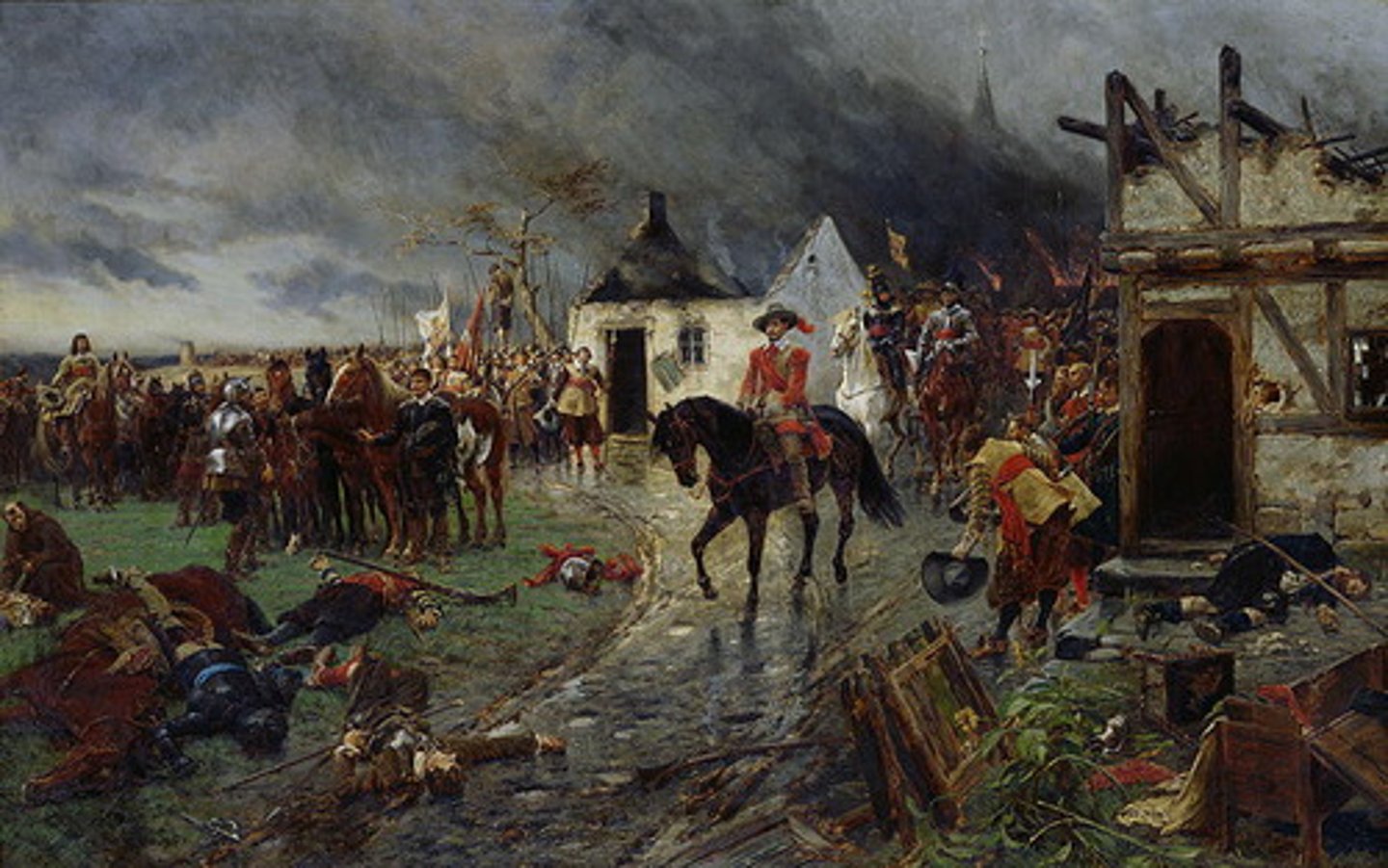
The Bohemian Phase (1618-1625)
This is the first phase of The Thirty Years' War. It began in a part of what is now present day Germany when a group of Protestant nobles rebelled against a Catholic king that was trying to make Catholicism the official religion in the region. Catholic officials were thrown out of a 70 foot tall window and survived!... but into a pile of poo... This sparked a rebellion that started the war.
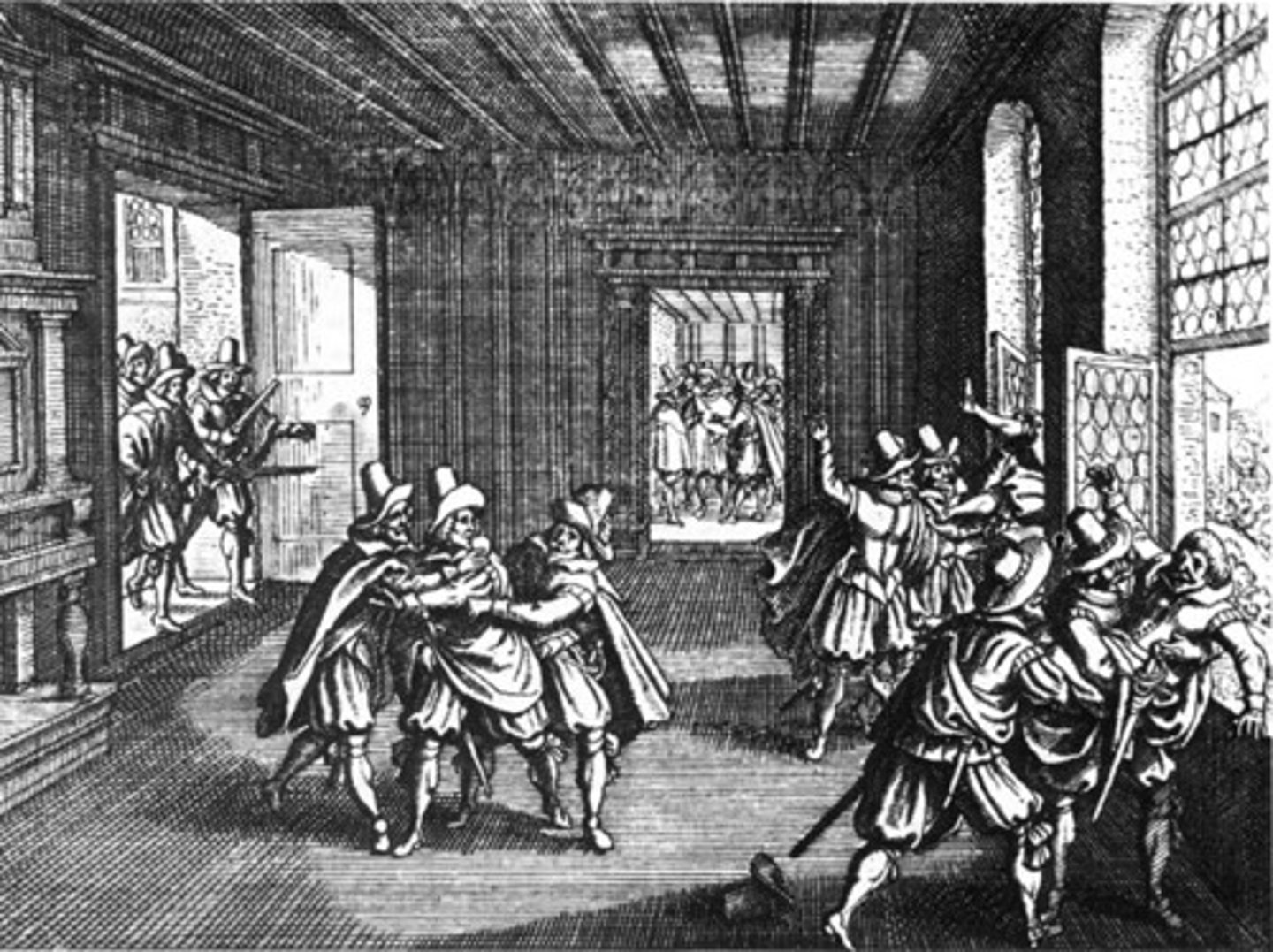
The Danish Phase (1625-1629)
This is the second phase of the Thirty Years War. The king of Denmark, Christian IV, invaded Germany in an attempt to help his fellow Protestants against the Catholics, but also to try and get control over more territory and gain more power. It would see Denmark lose and no longer be a major power in the Baltic region.
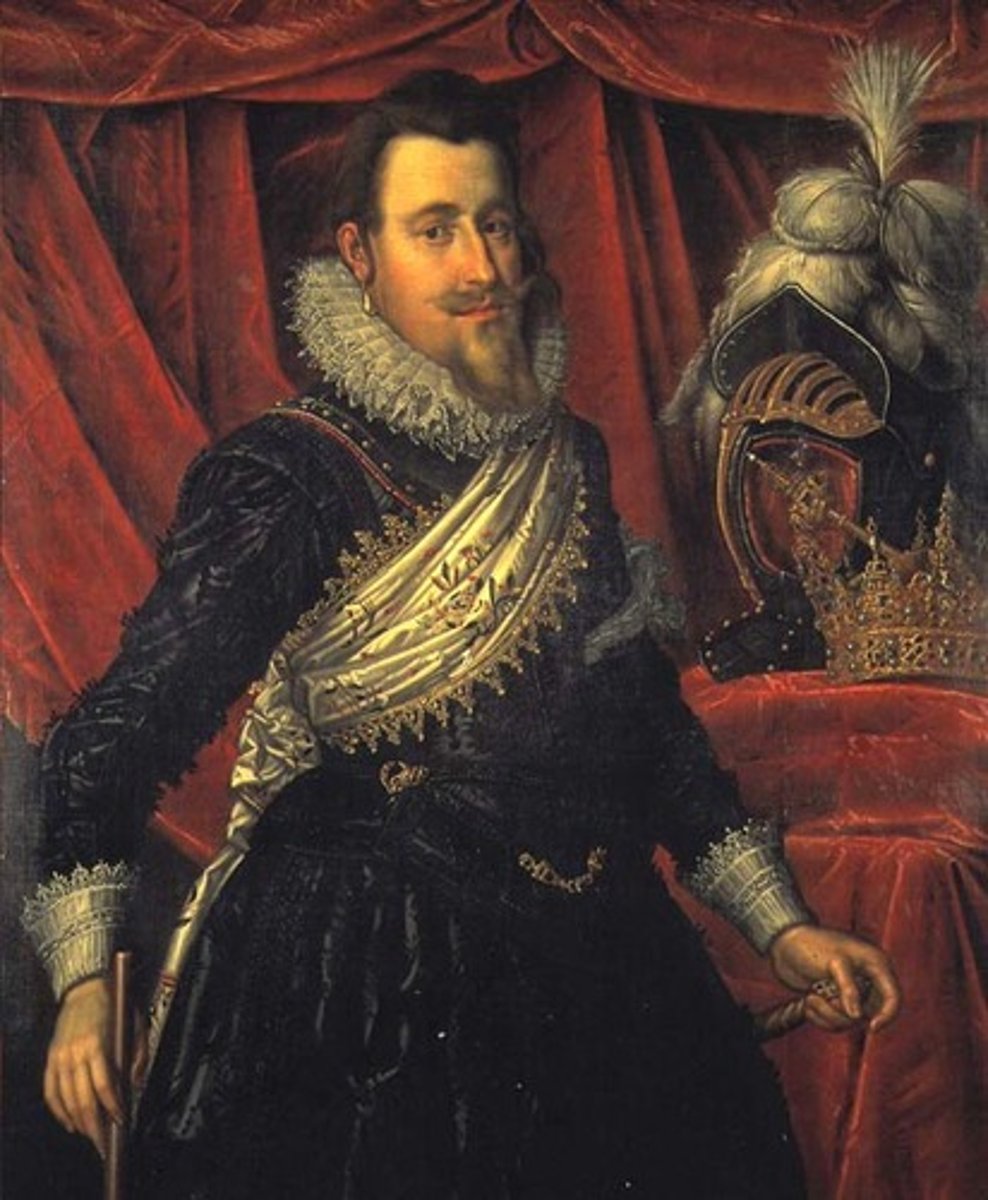
The Swedish Phase (1630-1635)
The third phase in the Thirty Years War. This would see Sweden join the war under the famous and very powerful King Gustavus Adolphus. Under his leadership Sweden had many victories and many military equipment and strategic improvements until his death in combat. By the end of this phase, Sweden would be driven out of Southern German territory.

The Franco-Swedish Phase (1635-1648)
This was the fourth and final phase of the Thirty Years War. The war might have started out about religion, however this phase it evolved into a war about power and wealth when two major powers teamed up with opposing religions to fight against the Holy Roman Empire. The war would end with the Peace of Westphalia in 1648 with very little changed considering the carnage Europe endured.

Albrecht von Wallenstein
A brilliant general for the Catholic forces during the Thirty Years War. He would be dismissed because others on his own side feared him. Out of desperation they called him back to lead the army. He was very successful. Fearing his power, Emperor Ferdinand ordered his assassination in 1634.
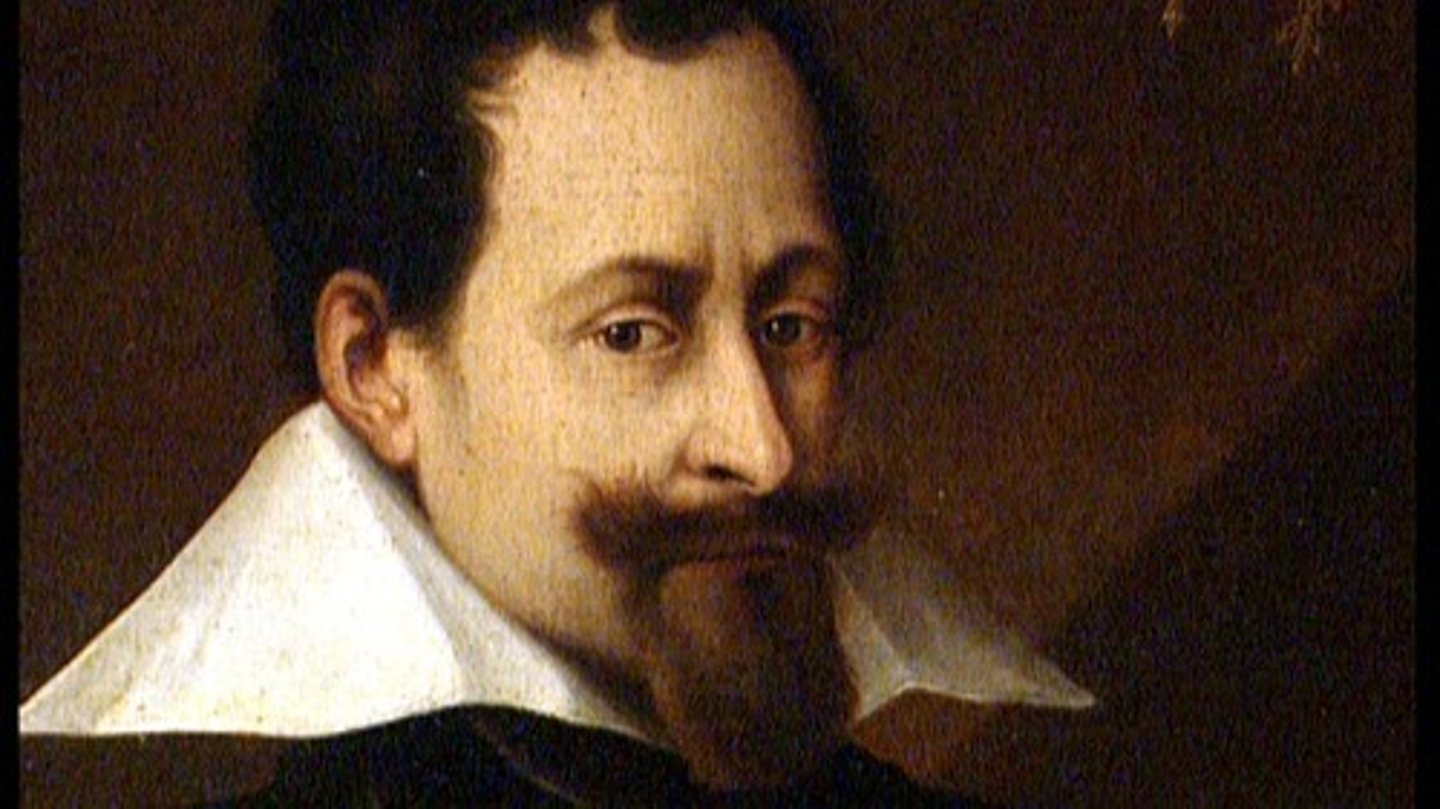
Gustavus Adolphus
King of Sweden during the Thirty Years War. He is famous for leading his troops from the front of battle, which eventually gets him killed. He is probably more importantly known as someone who helps revolutionize warfare. He introduces many changes to the way wars were fought in Europe. He introduces the Brigade system making armies more mobile and flexible, and he introduced mobile field artillery. Many in Europe would copy him and follow his examples.

Military Revolution
It is often asked did a military revolution take place between 1560 and 1660. Some would say no because the changes developed over a 100 years. Many other would say yes because the changes were so dramatic and drastically changed the way armies fought and maneuvered on the battlefield. Examples - Mobile cannons, mass conscription for larger armies, Brigade system for better movement and command control for armies on the battlefield are just a couple of examples.

Absolutism
A type of monarchy where the king or queen has total, unchecked control over the nation they rule over using the argument of Divine Right. A prime example of this type of leadership can be seen in France during the 1600 and 1700's.

Divine Right
This was the way to legitimize why the king had total control over the nation and everyone who lived in it. God selected them to rule over the nation so naturally they were the best and most capable for the job... or so the argument went. A poster board example of this would have to be Louis XIV.

Louis XIII
French king during the Thirty Years war. He ruled over France as an Absolute monarch. He took control over the country at a young age and ruled with the help and advice of Cardinal Richelieu.
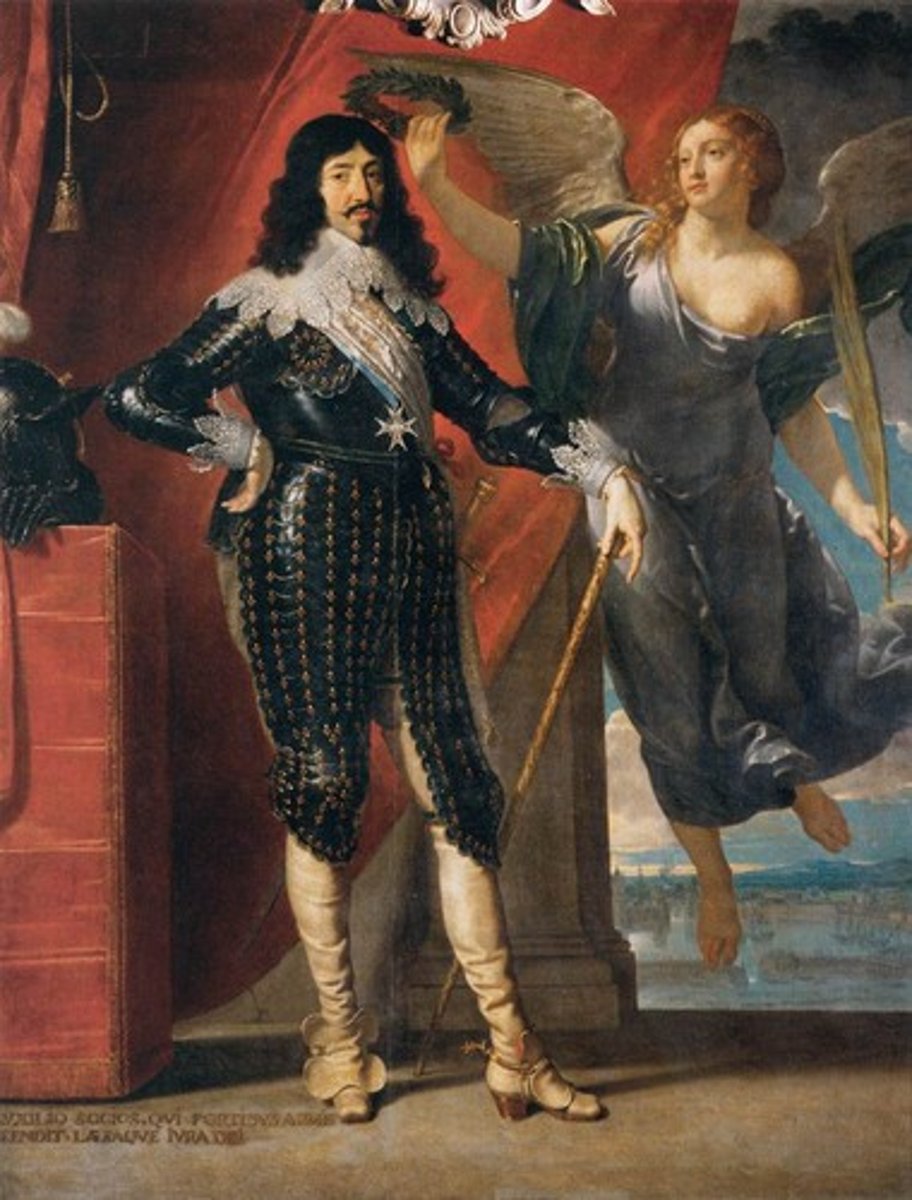
Cardinal Richelieu
He was the chief minister and adviser to King Louis XIII of France. His goal was to strengthen royal authority by eliminating aristocratic conspiracies and limiting the power of the Huguenots. He would also set up and use a system of royal officials called Intendants to make sure government officials were doing what the king wanted.
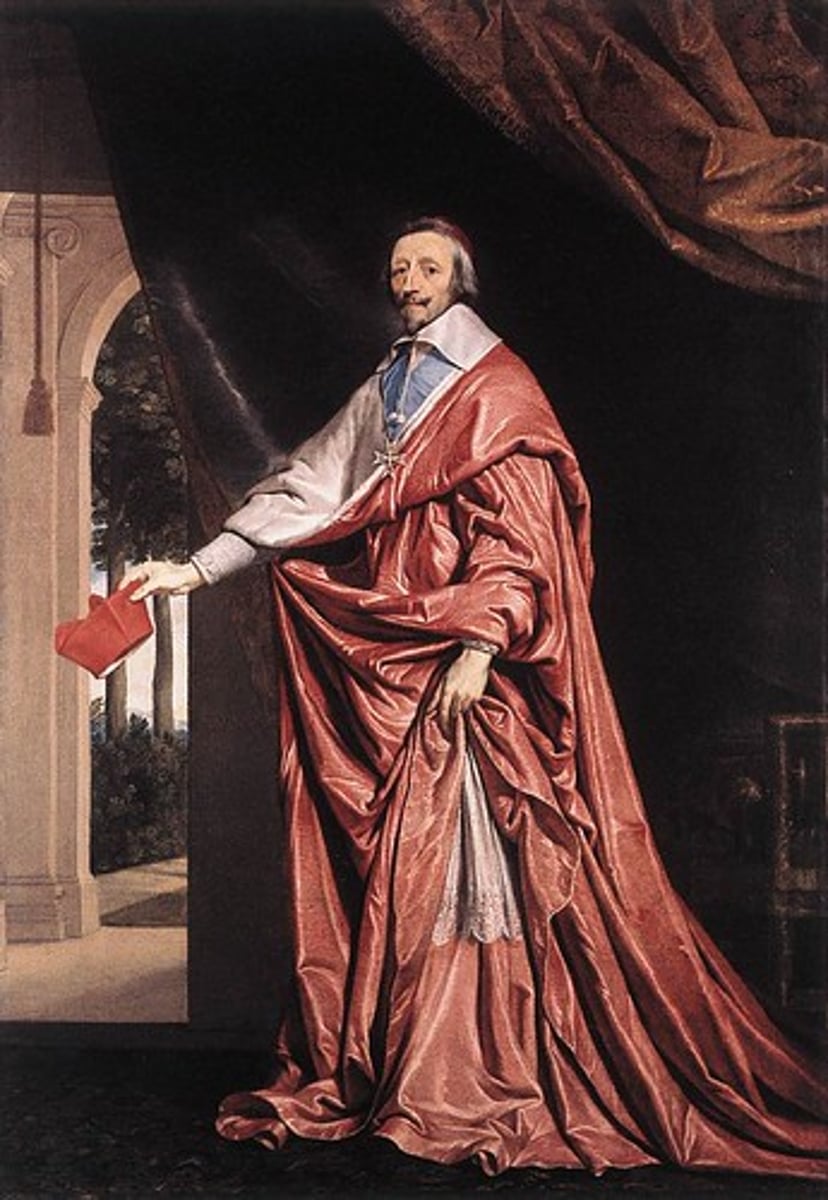
King Louis XIV
This powerful French king was known as the 'Sun King'. He had the Palace of Versailles built to better run his government and keep an eye on potential enemies, took part in 4 wars to increase the power of France, with mixed results and would issue the Edict of Fontainebleau.

Intendants
A system made up of royal government officials whose job was to help enforce and execute orders from the central government or the King himself. They helped increase the power of the crown by keeping an eye on far away governors and other officials across France.
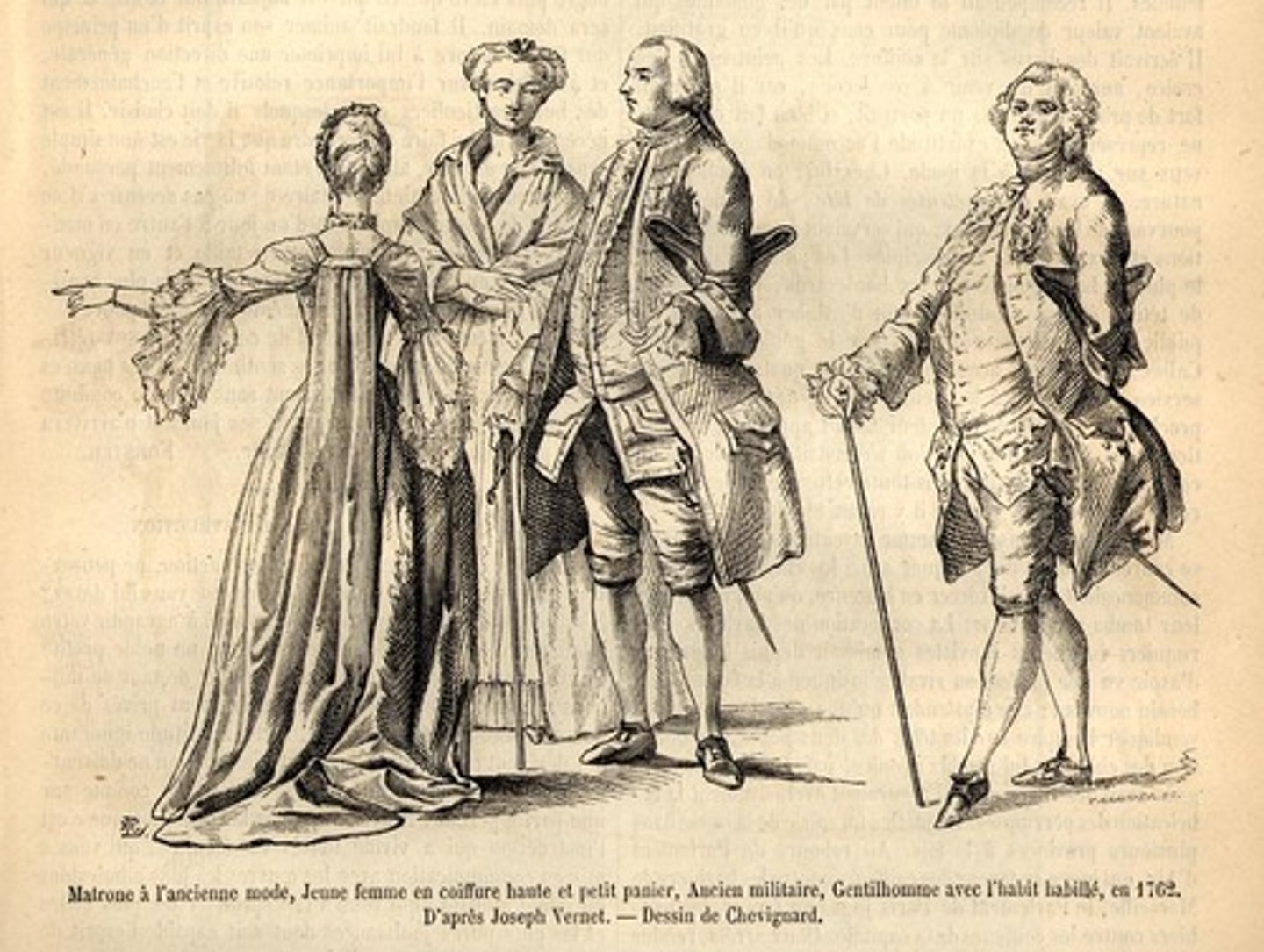
Cardinal Mazarin
He was the picked successor of Cardinal Richelieu after his death in 1642. He would advise a young King Louis XIV when he became king of France at the age of 5. He was a foreigner, Italian born, and was not popular with the often corrupt, scheming French Nobles. He tried to continue the anti Habsburg policies and keep money flowing into constantly emptying coffers of the nation.
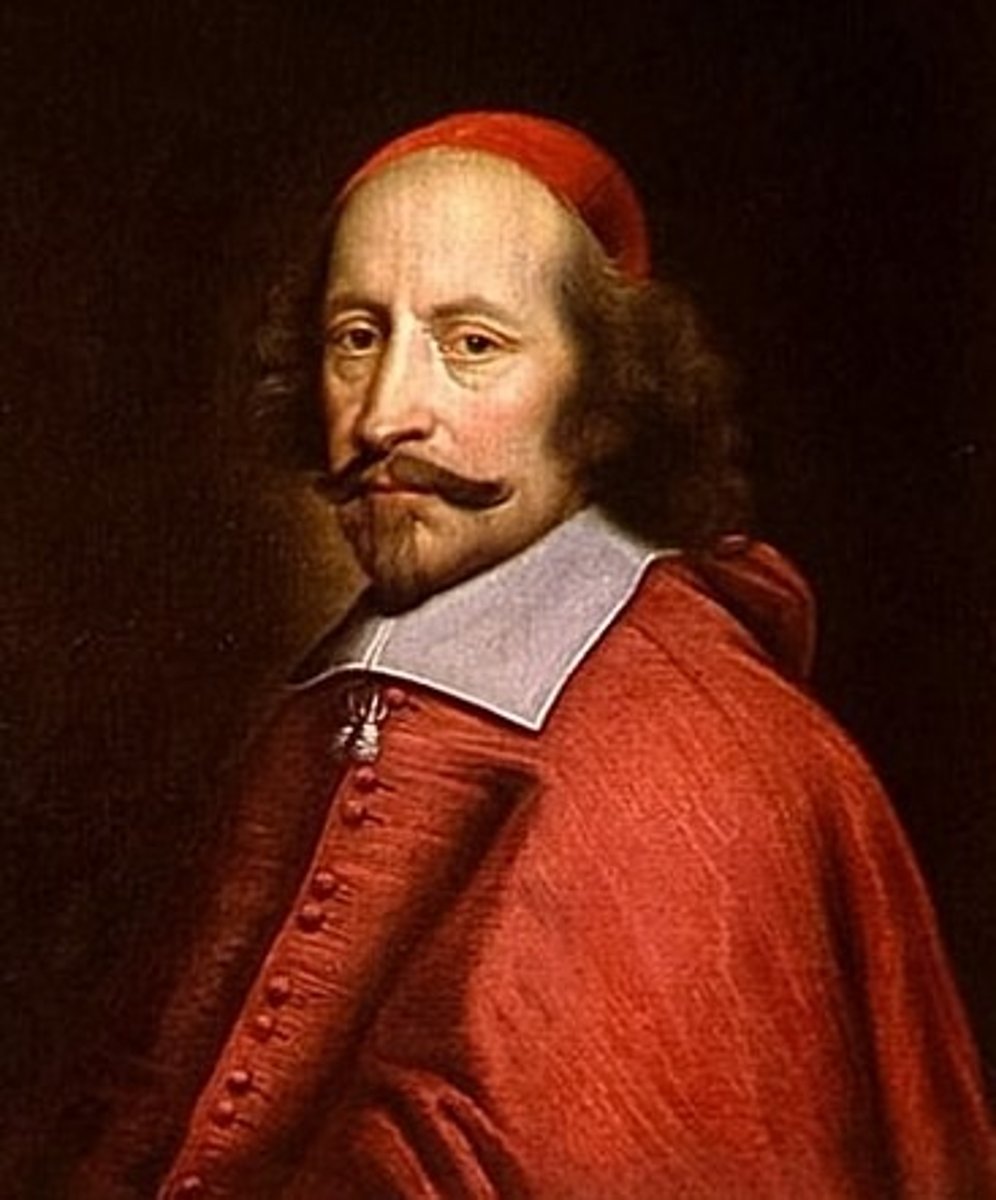
Palace of Versailles
An elaborate palace and living space for the Louis XIV and his family and servants. He also made sure many influential French nobles also lived there as a way to keep them entertained and out of the affairs of the state. It was an effective way to keep an eye on them as well. The palace also served as a way to impress and intimidate other rulers across Europe with the awesome riches and power of France.
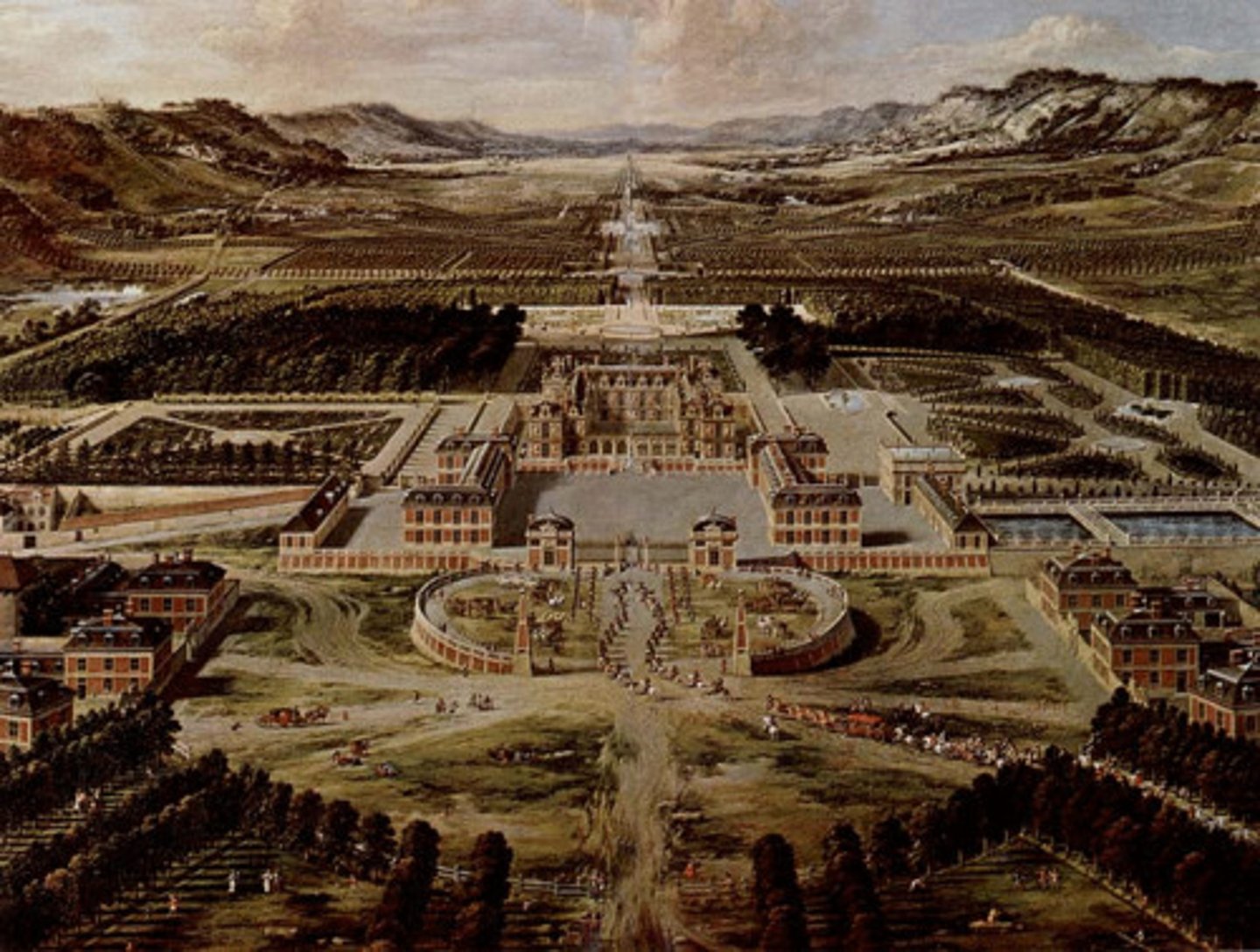
War of Spanish Succession (1702-1713)
This was the fourth and final war of Louis XIV. It was caused by the death of the Habsburg ruler in Spain and the end of his family line. The throne was left to Louis XIV's grandson. Much of Europe went to war to stop this. They feared it would make France way too powerful combining forces with Spain. It left France with few victories and in major debt.
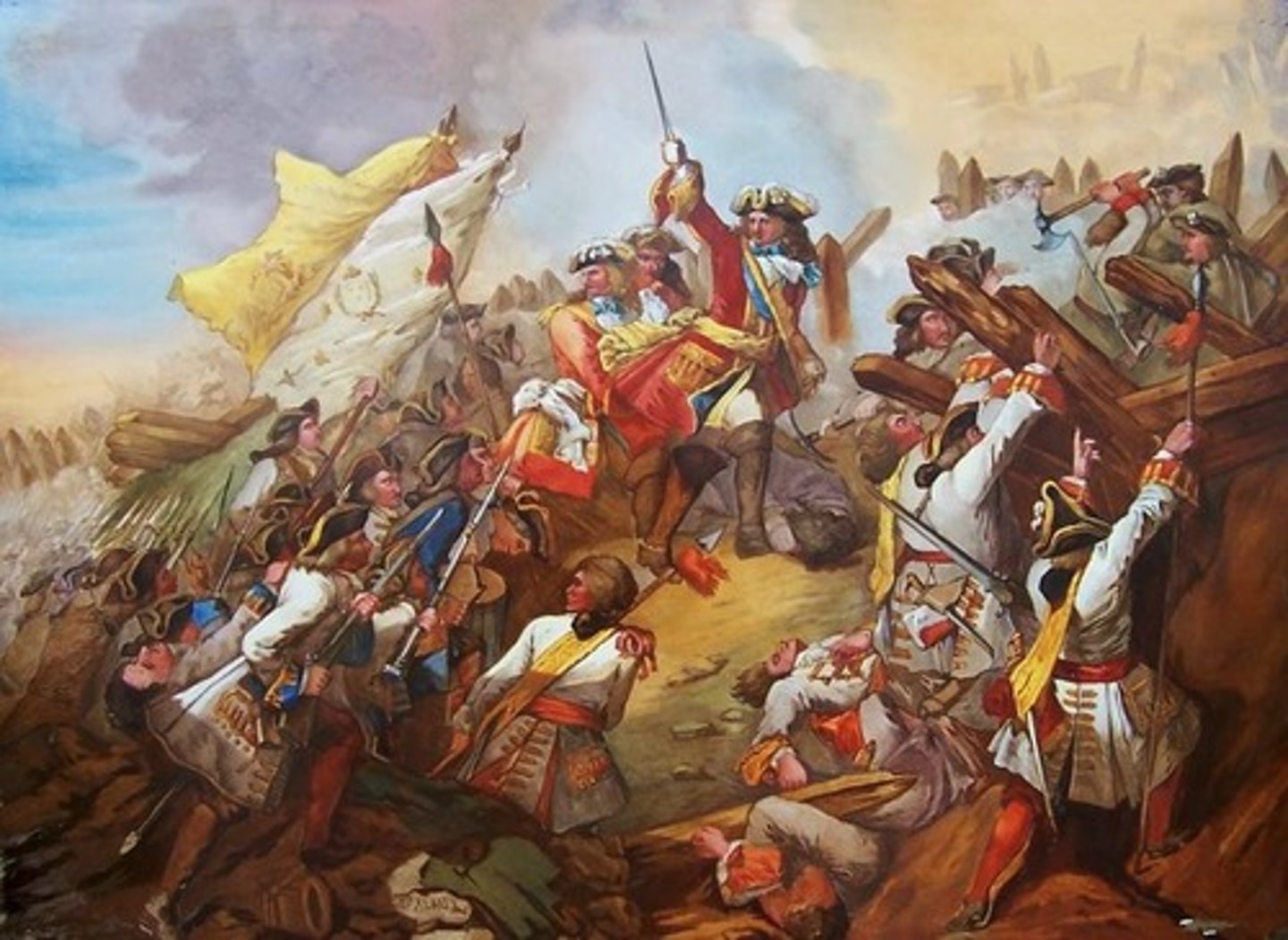
Philip IV
Spanish king from 1621 to 1665. He seemed to be a good leader that might lead Spain back to greatness, however a series of crushing military defeats and crushing financial issues would see Spain cease to be a major power during this time period. This was made clear to the world by their crushing defeat by the French in 1643 at the Battle of Roccoi where much of the Spanish army was killed.
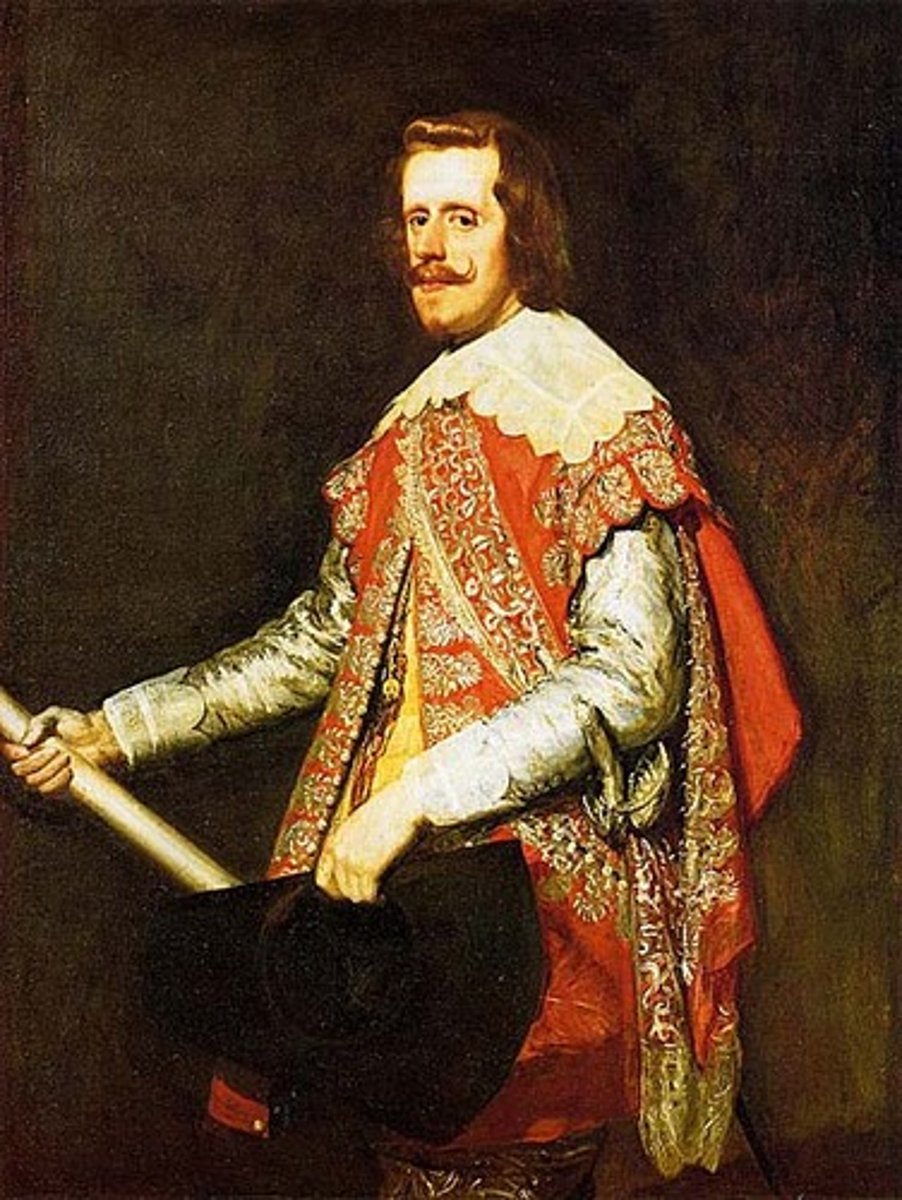
Frederick William the Great Elector
He was the leader from 1640 to 1688, but not a king, that would lay the groundwork for what would become Prussia. He defended the small open country by forming a skilled standing army, an efficient system of taxing and supporting the nation (General War Commissariat) and convinced many of the nobles to join the army as its officers. He took a small unimportant German state and laid the groundwork for a future superpower.
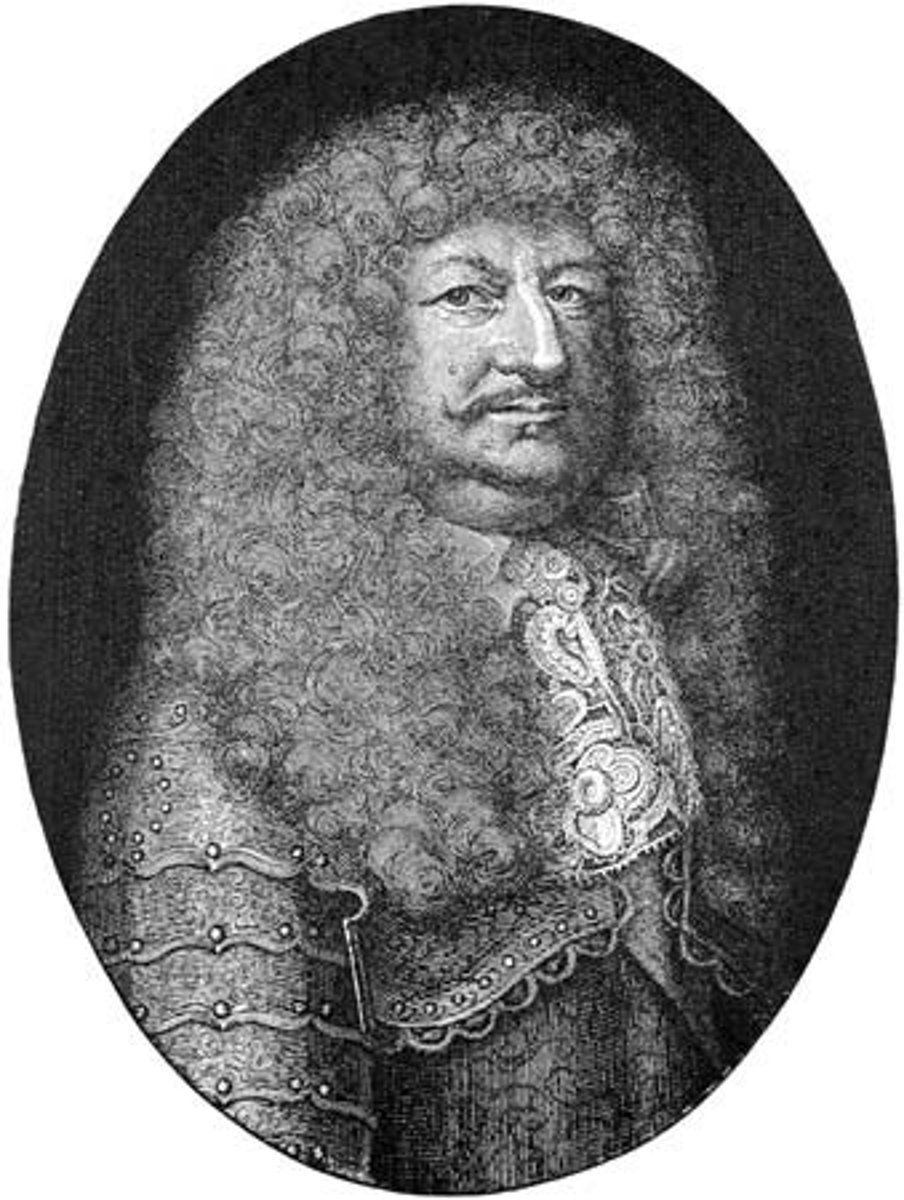
Ivan IV, aka Ivan the Terrible (1530-1584)
Ruler of the principality of Moscow that would be the first Russian leader to take the title of Tsar, (Caesar) and expand the territory of Russia eastward. He increased his power by crushing the power of the Boyars, the Russian nobility.

Peter the Great
The ruler of Russia from 1689 to 1725. He is known for his major effort to modernize Russia and see it transformed more like the powers of the West. He modernized the army and fought a long but successful war with Sweden, The Great Northern War, he reorganized the way his government operated to be closer to western methods, and pushed his people to modernize and dress and act more like the people in the west.
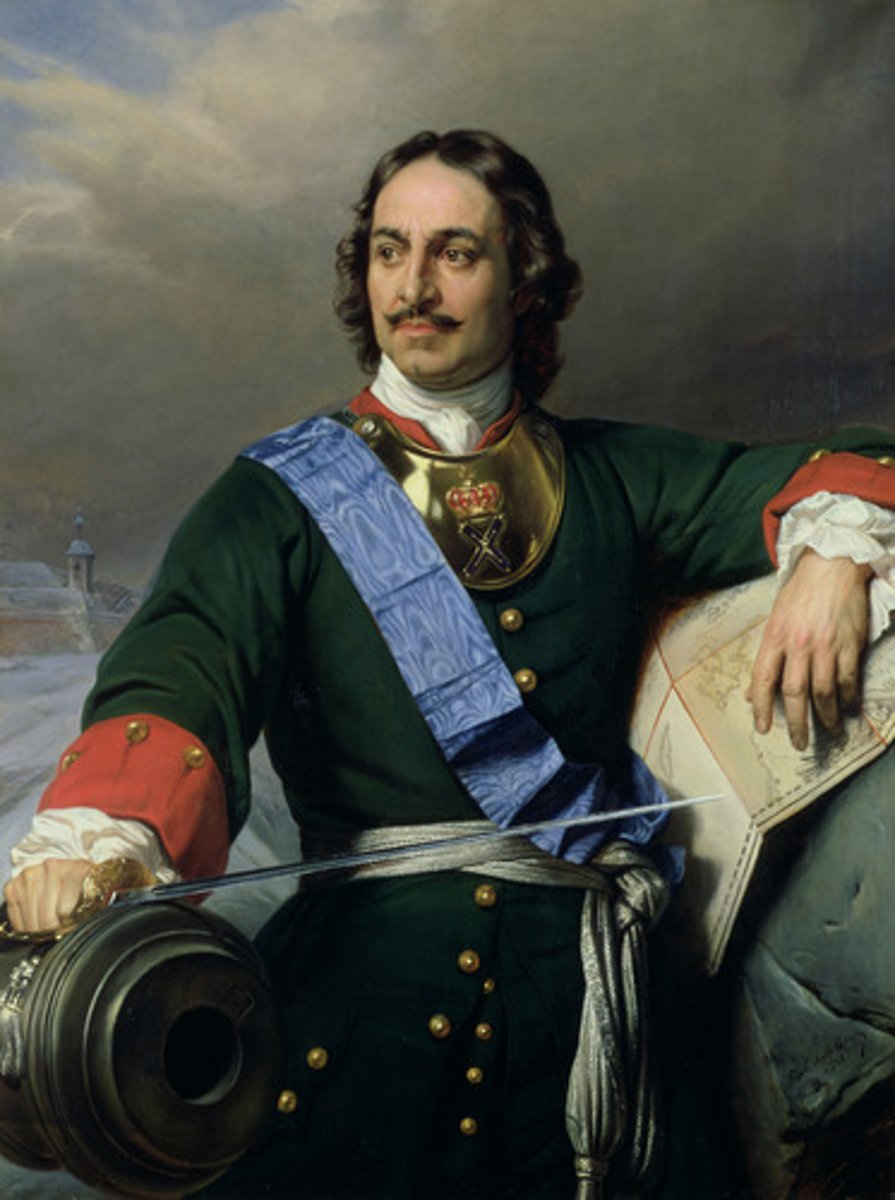
Janissaries
Elite soldiers fighting for the Ottoman Empire. They were Christian boys who had been taken from their parents, converted to the Muslim faith and subjected to rigid military discipline.
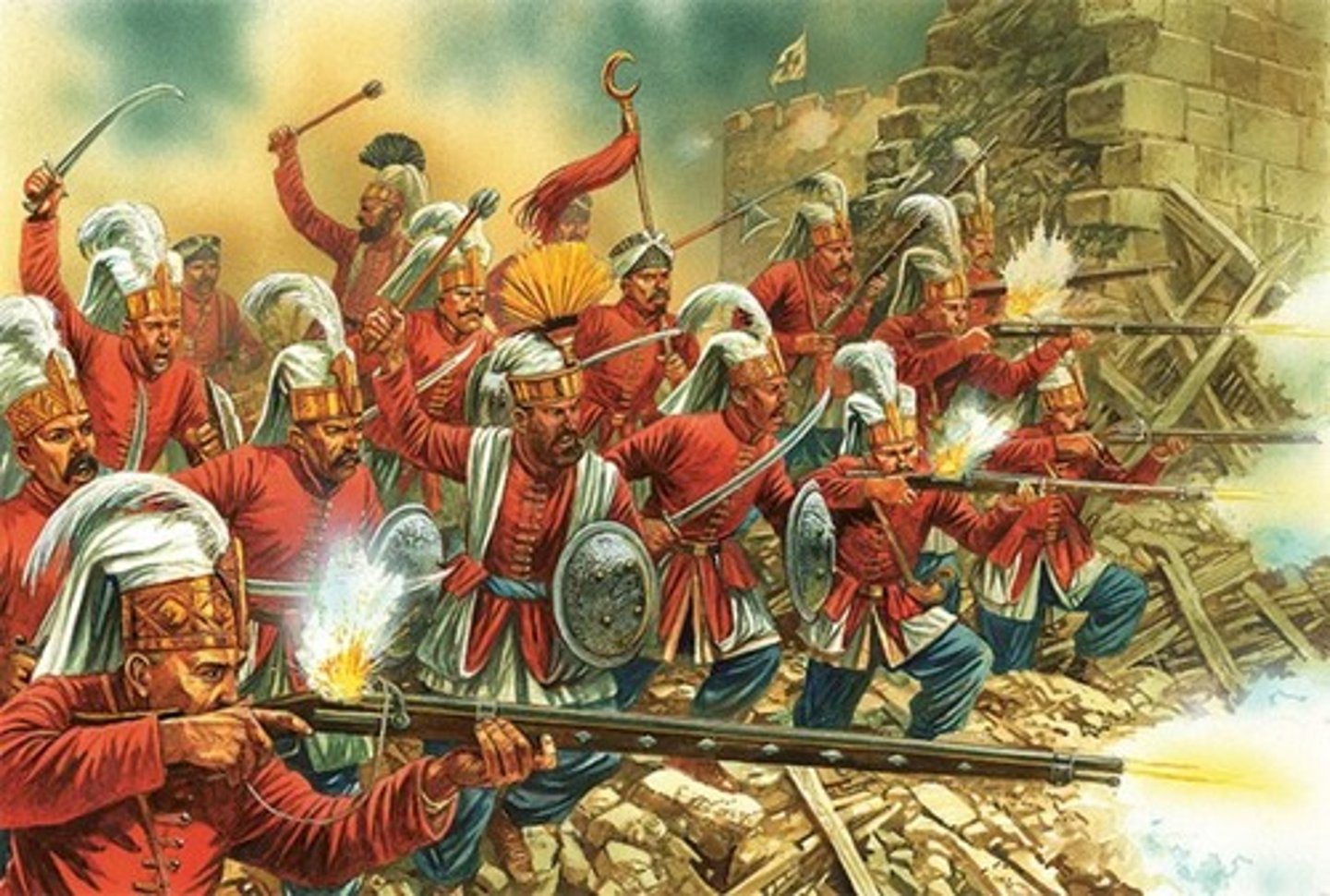
English Civil War
A two part conflict in England, phase one was 1642-1646 and the second phase was in 1648. It was a war between King Charles I and those forces supporting the English Parliament led by Oliver Cromwell. It would see King Charles lose his crown, and his head and would limit the power of future English monarchs.
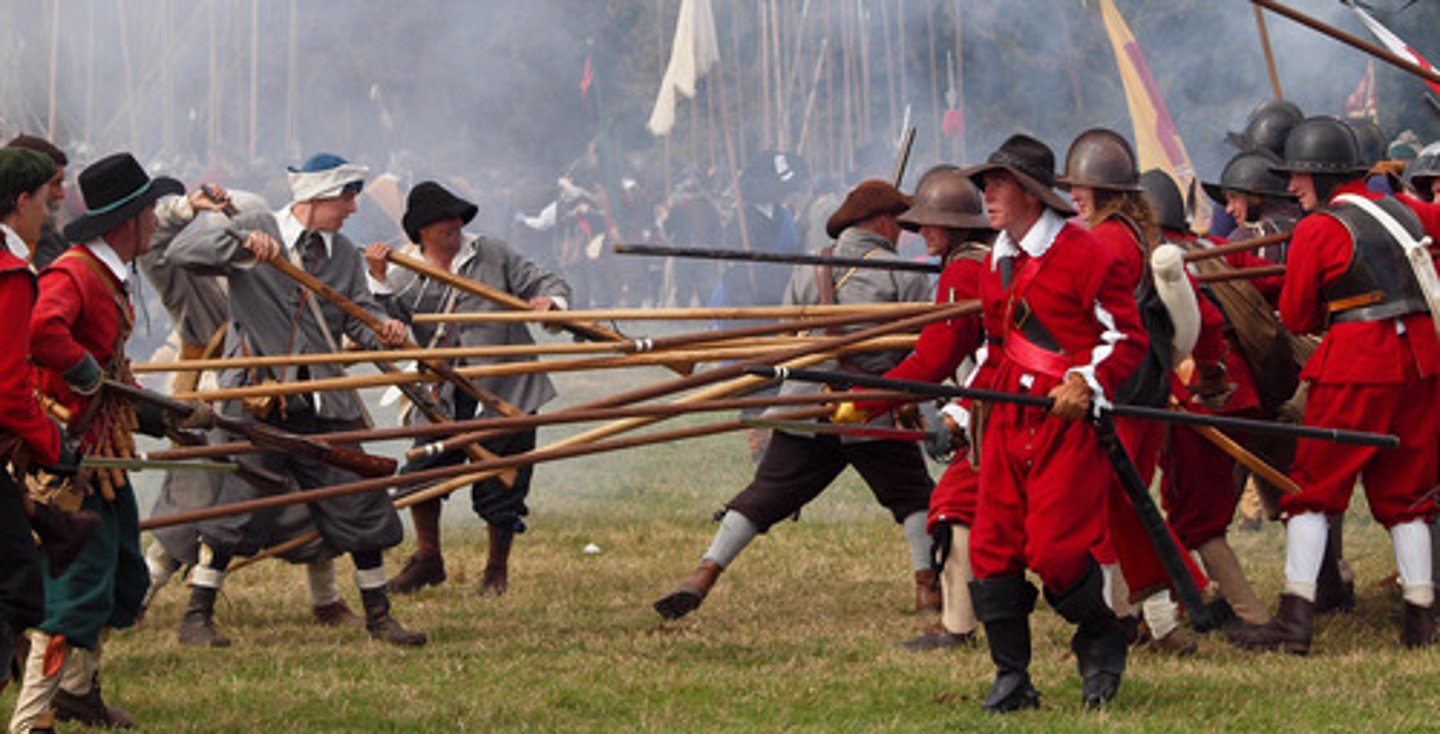
Oliver Cromwell
He would led the forces, The New Model Army, against Charles the I in the English Civil War. He was a very devout puritan would overthrow the king as well as dissolve Parliament and rule as a sort of military dictator for the rest of his life over England with the title of Lord Protector. After his stern and not always popular rule the monarchy was restored in England.

The Glorious Revolution
A nearly bloodless conflict in late 1688 where England forced out their Catholic monarch, James II and his wife and replaced them with Protestant ones, William of Orange and his wife Mary. It would destroy the idea of Divine Right of kings in England because Parliament chose the new king, not God, giving Parliament more and more power in the country as time went on.
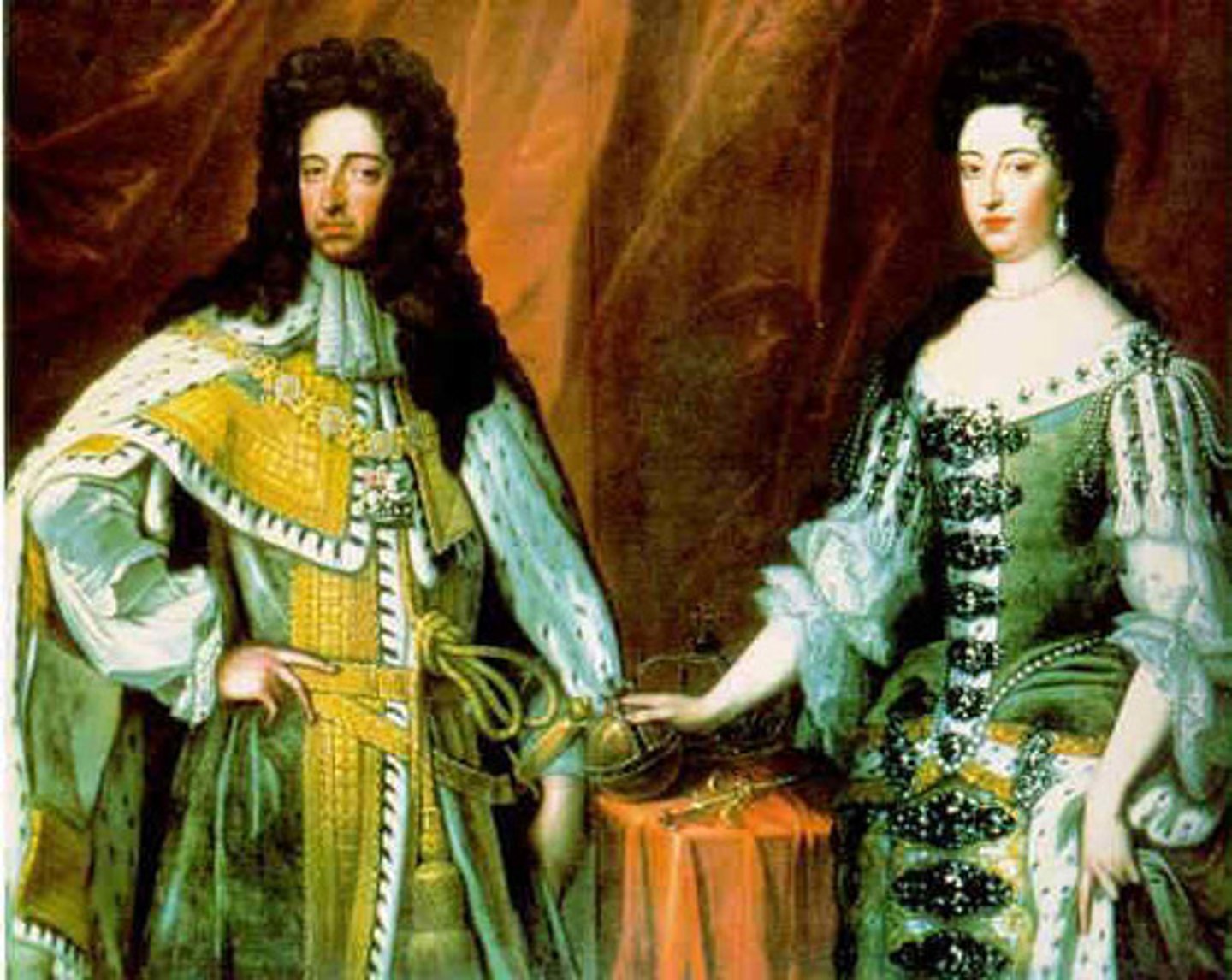
Thomas Hobbes
A political thinker of great influence who lived during the English Civil War and saw the worst about people first hand. This would influence his political thought. He believed people were basically bad, brutish and destructive and you needed a strong government to control society. A strong king was needed to maintain order and social discipline. His ideas are laid out in his famous book published in 1651, Leviathan.
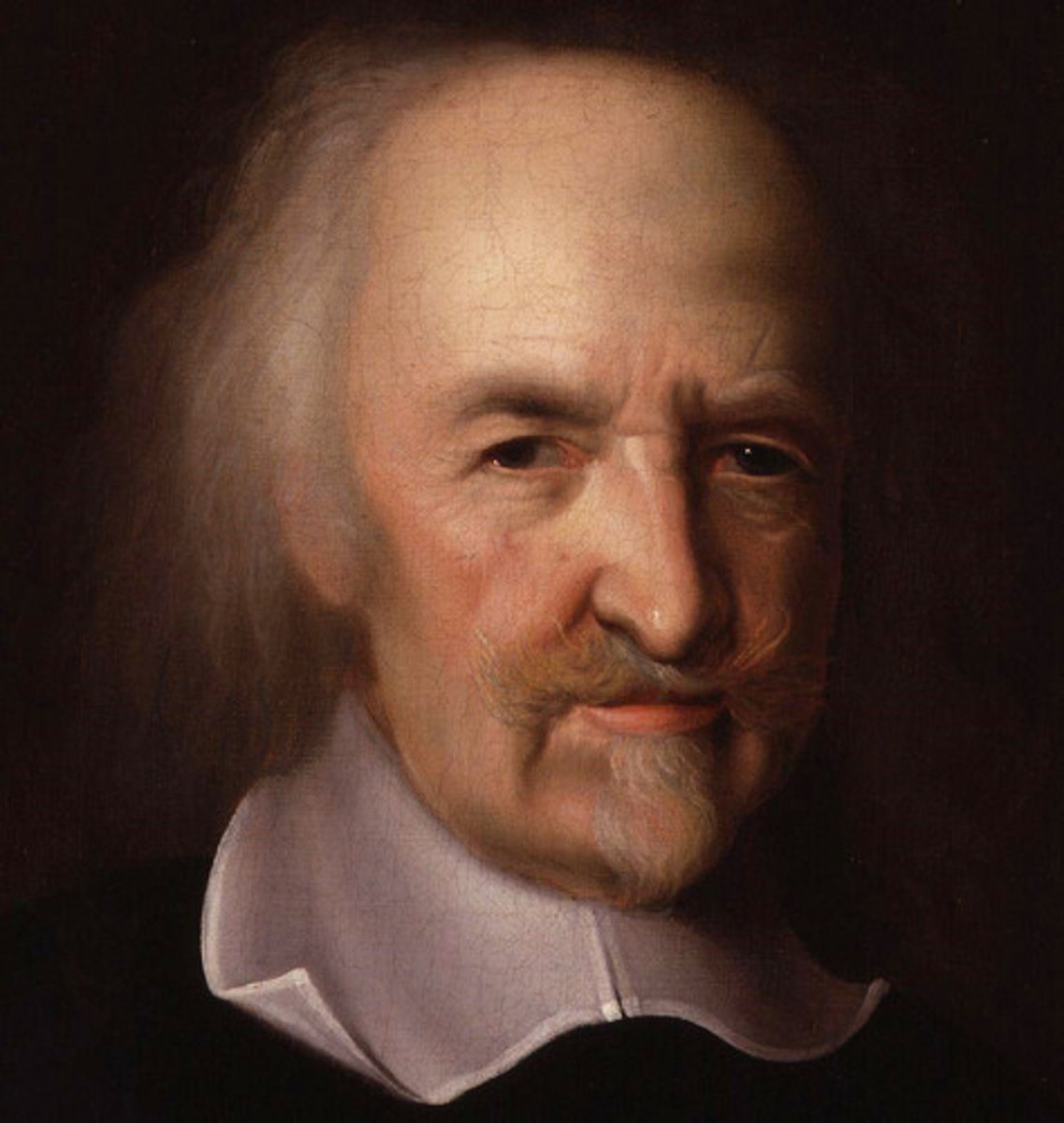
John Locke
His experiences were molded by what he witnessed during the Glorious Revolution. He believed that all people had certain inalienable rights, to life, to liberty and property. His view was you needed to form a government that would protect those rights for the people. Much of what he put forth can be seen reflected in the U.S. Constitution.
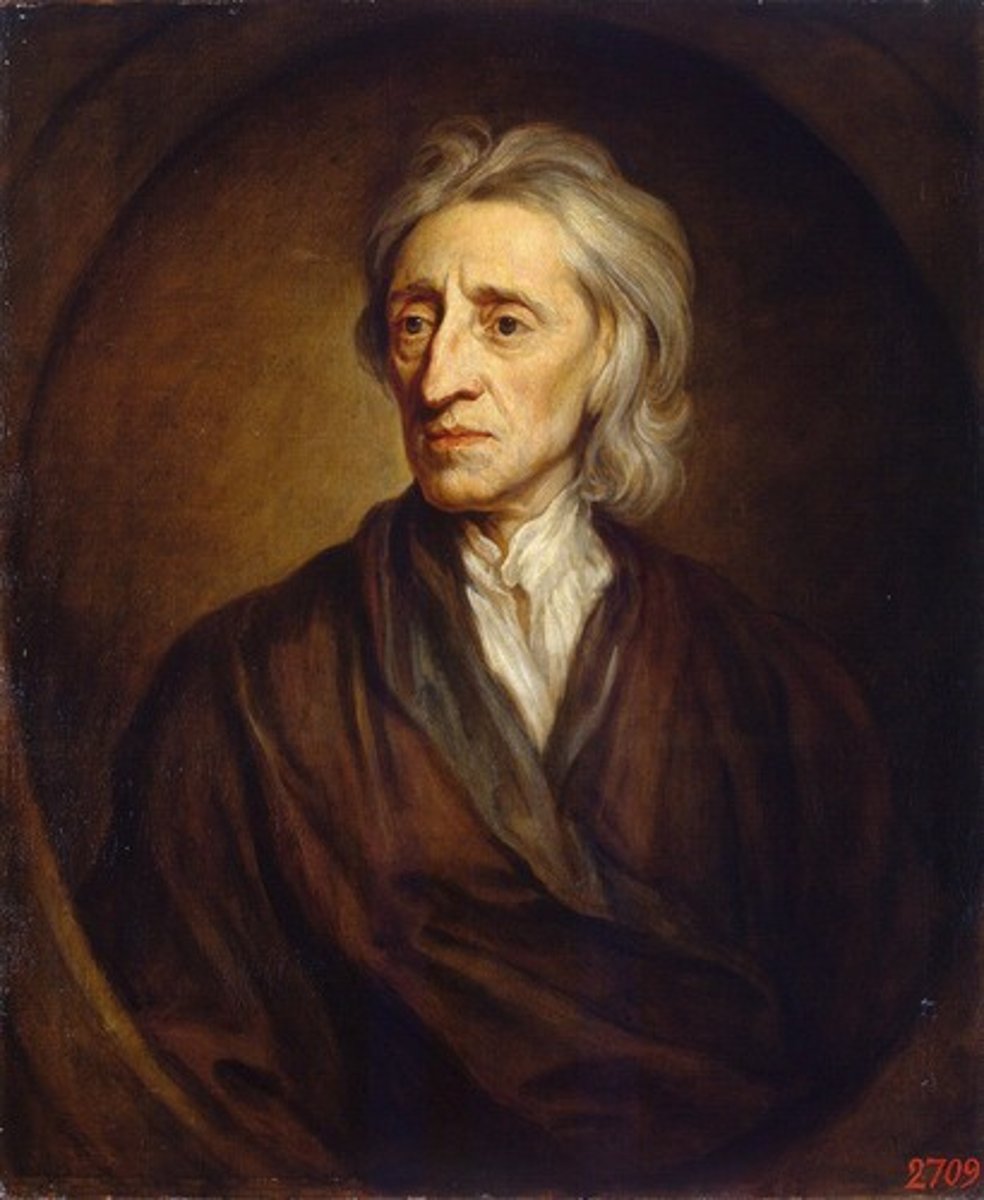
Mannerism
This was an art form that sought to break down the High Renaissance principles of balance, harmony and moderation. It came into its own in a time of great suffering and uncertainty. It is known for showing many of its subjects as elongated and out of proportion with themes of anxiety and confusion. It was in the 'manner' of the prior greats, such as Michelangelo, but warped to reflect the troubles of the times.

Baroque
This style of art sought to bring together the classical ideals of Renaissance art with the spiritual feelings of the sixteenth century religious revival. The paintings from this period were known for their use of dramatic effects to arouse emotions. A famous painter and example of this movement would be the Flemish artist Peter Paul Rubens.
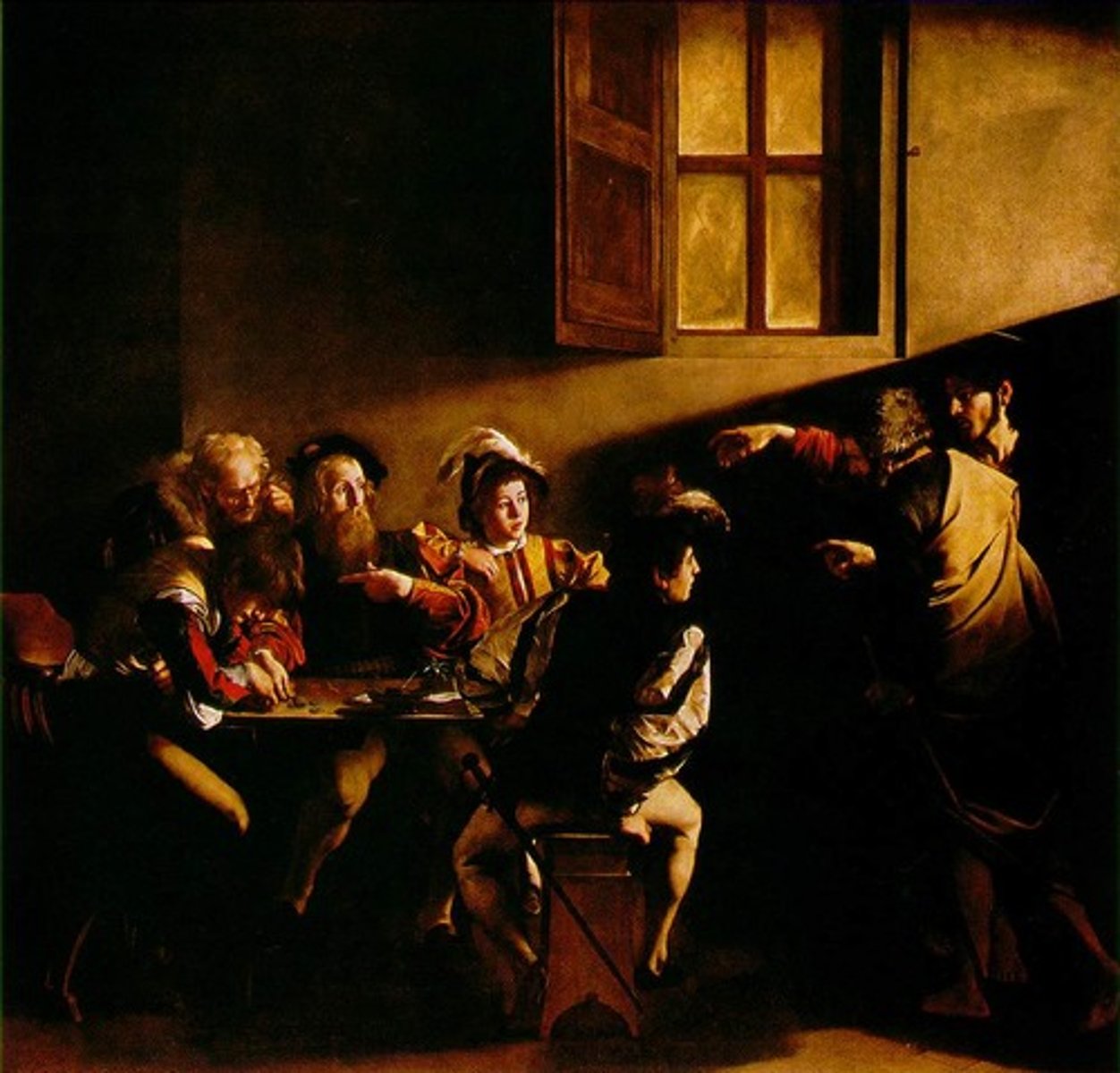
French Classicism
This style of art was popular in France where the Baroque style was seen as too showy and impassioned. This style retained the values of art from the High Renaissance focusing on clarity, simplicity and balance.

Dutch Realism
This style of art followed the realistic and secular events of everyday life. Perhaps the most famous of these artists was Rembrandt or the female artist Judith Leyster.
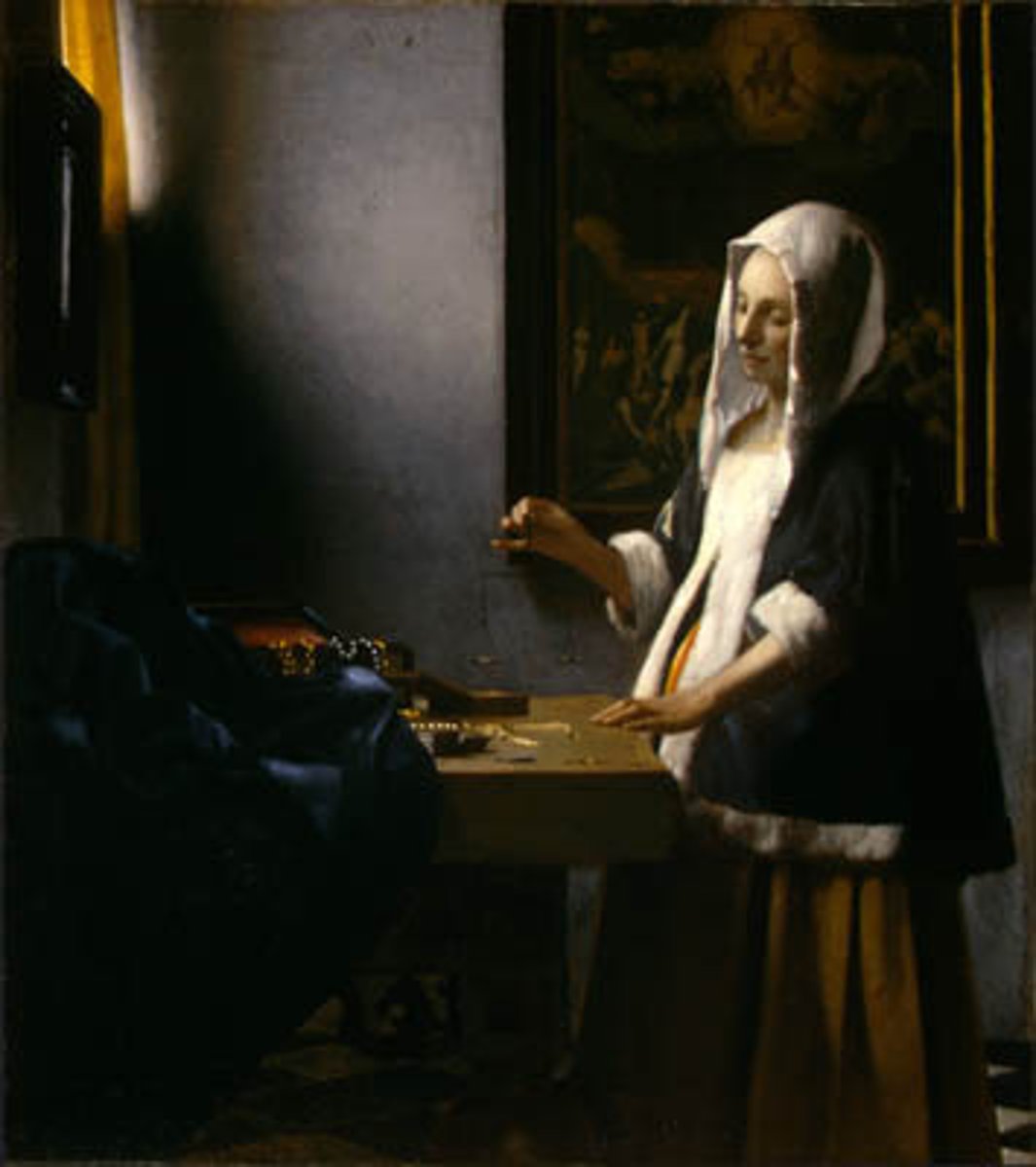
William Shakespeare
Perhaps the most famous playwright of all time. It is said that not only were his plays technically brilliant, but they also show a mastery of showing insight into human psychology and the human condition.
